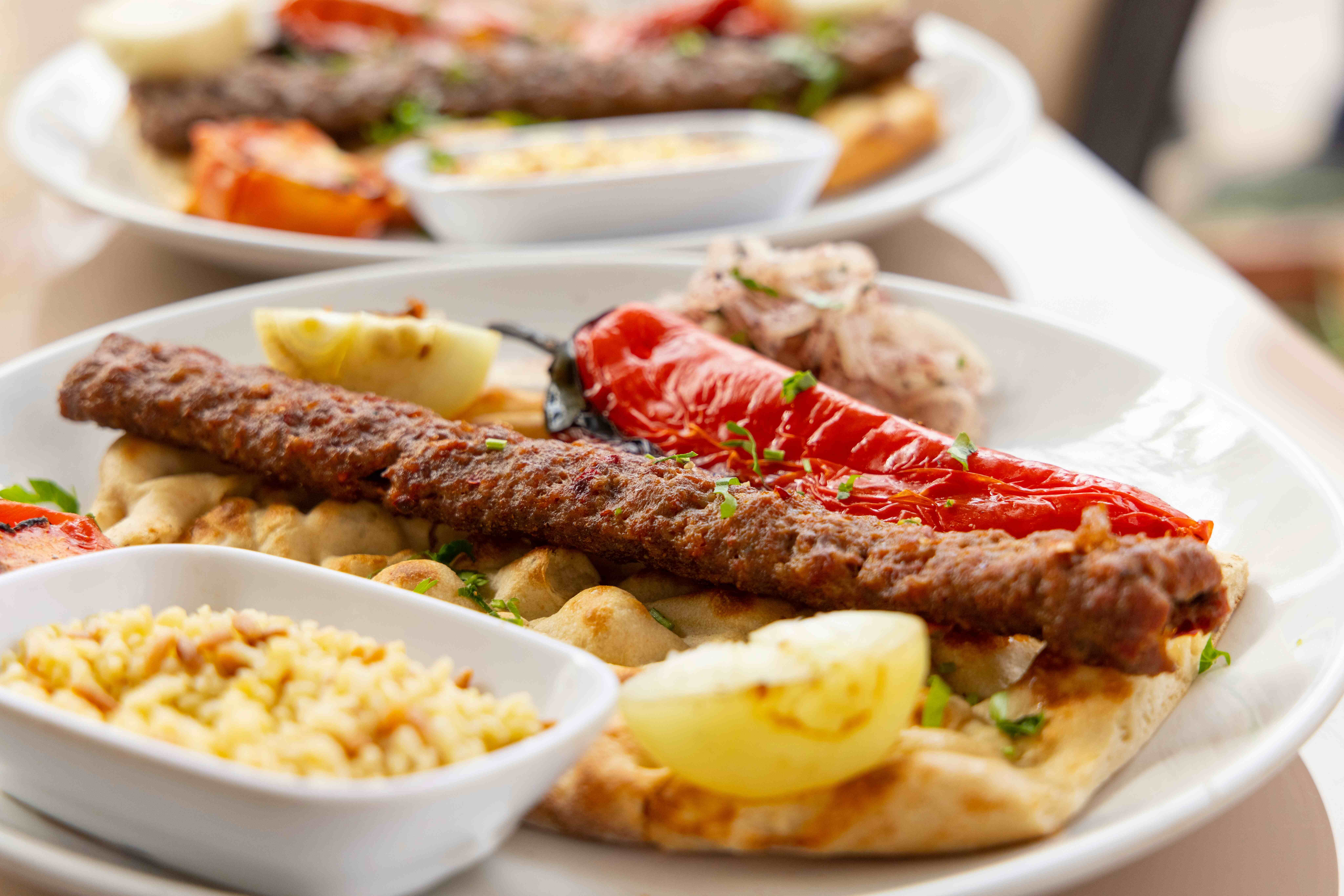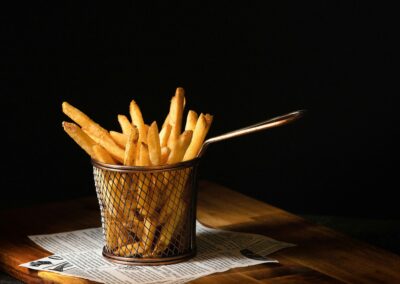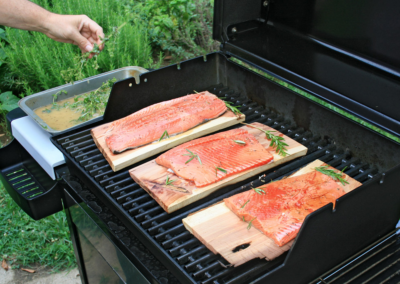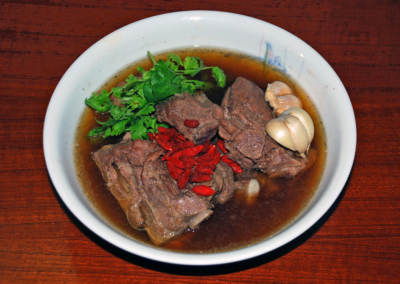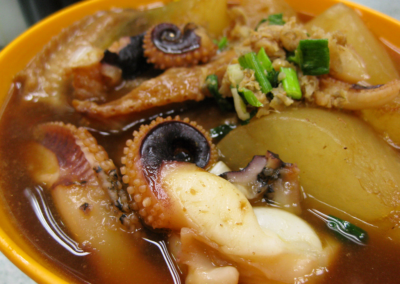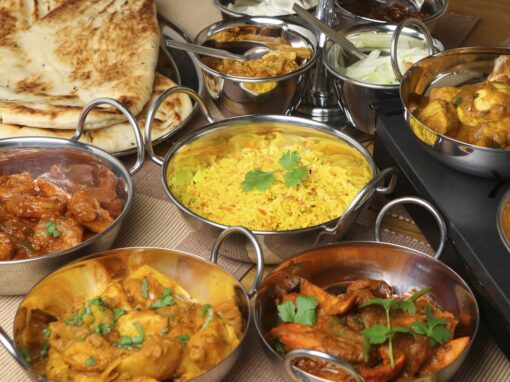Turkish cuisine is a diverse culinary tradition that mirrors the country’s rich history and cultural heritage. The flavours of Turkey tell stories of ancient empires, trade routes and a fusion of East and West.
With its balance of spices, fresh ingredients and cooking techniques, Turkish cuisine offers a delicious gateway into the heart of Turkish culture.
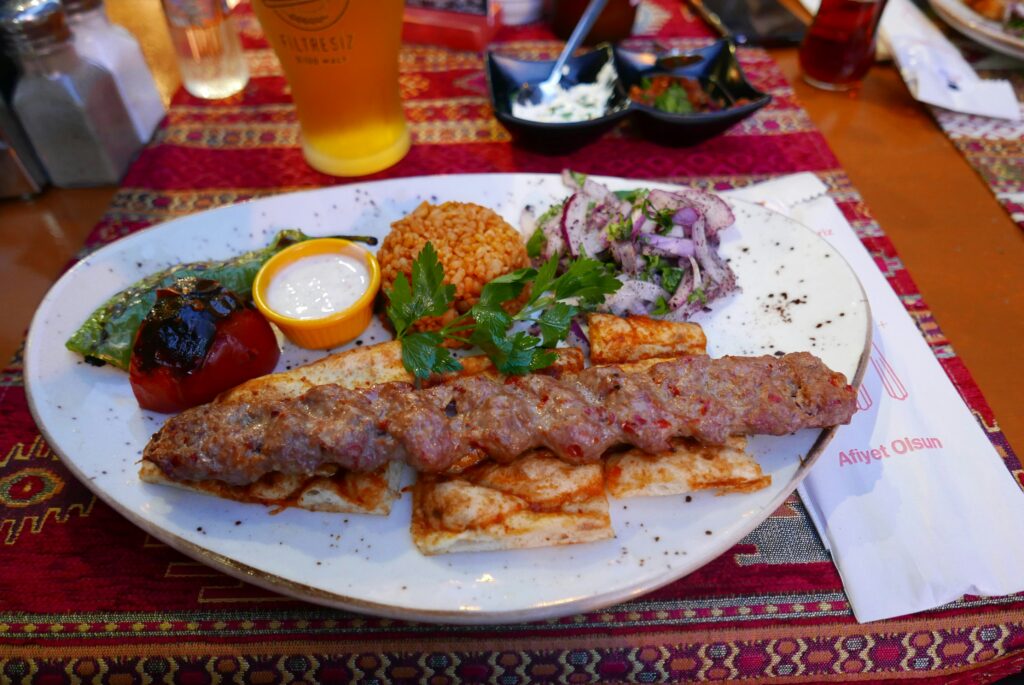
One of the defining features of Turkish cuisine is its emphasis on fresh, seasonal ingredients. Vegetables, fruits, grains and legumes are staples in Turkish cooking, often complemented by meats such as lamb, beef, and chicken.
The use of spices and herbs like sumac, cumin, mint and parsley adds depth and complexity to dishes without overpowering the natural flavours of the ingredients.
Mezes and appetisers
A typical Turkish meal often begins with a selection of mezes or appetisers which are small dishes meant to be shared among friends and family. These can include items like hummus, baba ghanoush, dolma (grape leaves stuffed with rice and herbs) and sigara böreği (crispy rolls filled with cheese or meat). These dishes reflect the Turkish cultural emphasis on hospitality and communal dining.
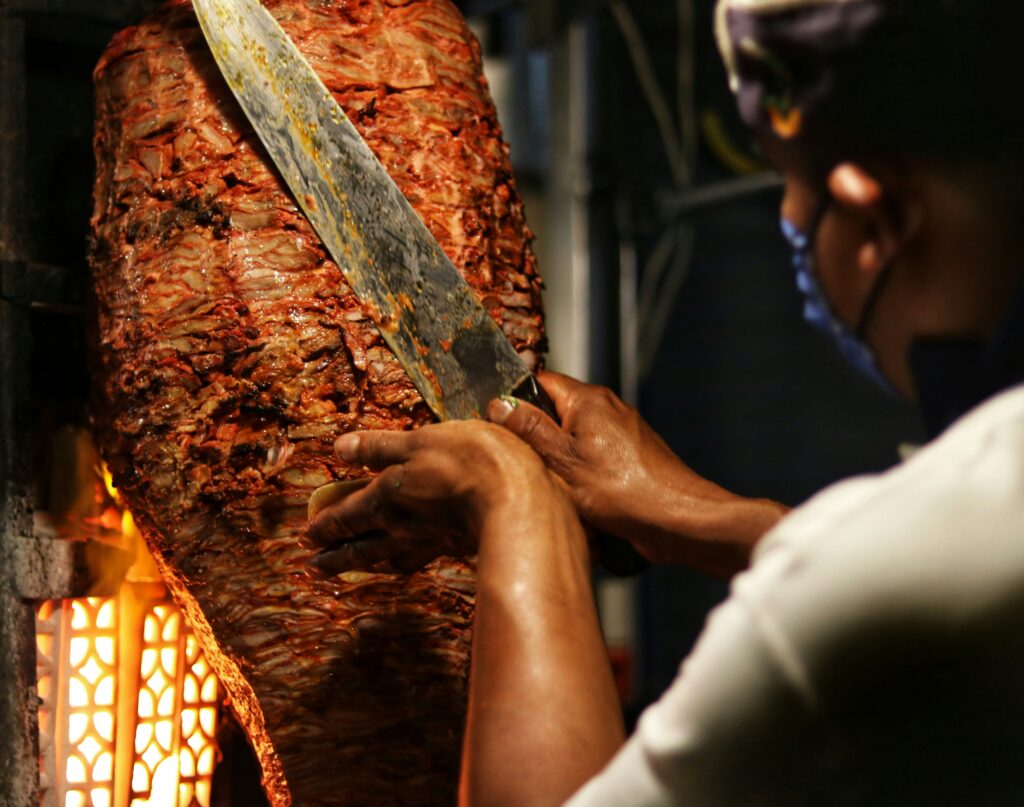
Main courses
Turkish cuisine is renowned for its variety of main dishes. Kebap is one of the most famous, coming in many forms such as Adana kebap (spicy minced meat kebab) and şiş kebap (chunks of marinated meat grilled on skewers). Another beloved dish is köfte, spiced meatballs that are often served with pilaf or bread. These hearty dishes showcase the importance of meat in Turkish cooking and are a nod to the country’s nomadic and pastoral heritage.
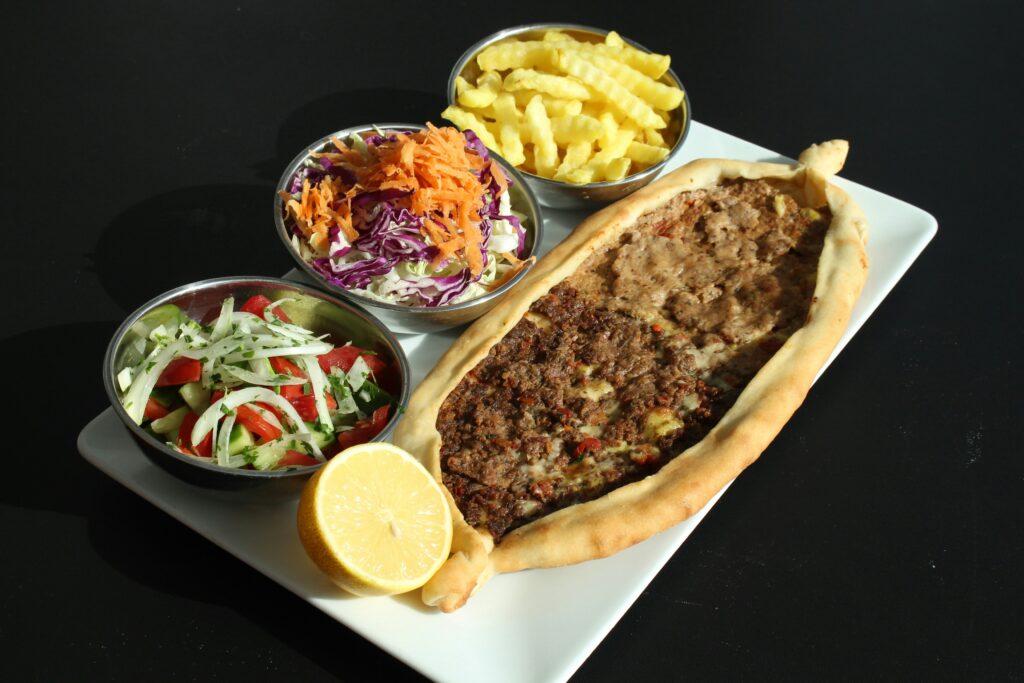
Pide and lahmacun are two popular bread-based dishes. Pide, often referred to as Turkish pizza, is a boat-shaped flatbread topped with ingredients like minced meat, vegetables and cheese, then baked to perfection.
Lahmacun is a thin, crispy flatbread topped with a mixture of minced meat, onions and tomatoes, typically rolled up with fresh herbs and a squeeze of lemon juice. These dishes highlight the Turkish love for bread, a staple in the daily diet.

Vegetarian dishes
Turkish cuisine also boasts a variety of vegetarian options. Imam bayildi is a classic dish featuring aubergines stuffed with onions, garlic and tomatoes then slowly cooked in olive oil. Mücver, zucchini fritters served with a garlic yogurt sauce is another favourite. These dishes illustrate the Turkish skill in creating rich, flavourful meals with simple, fresh ingredients.
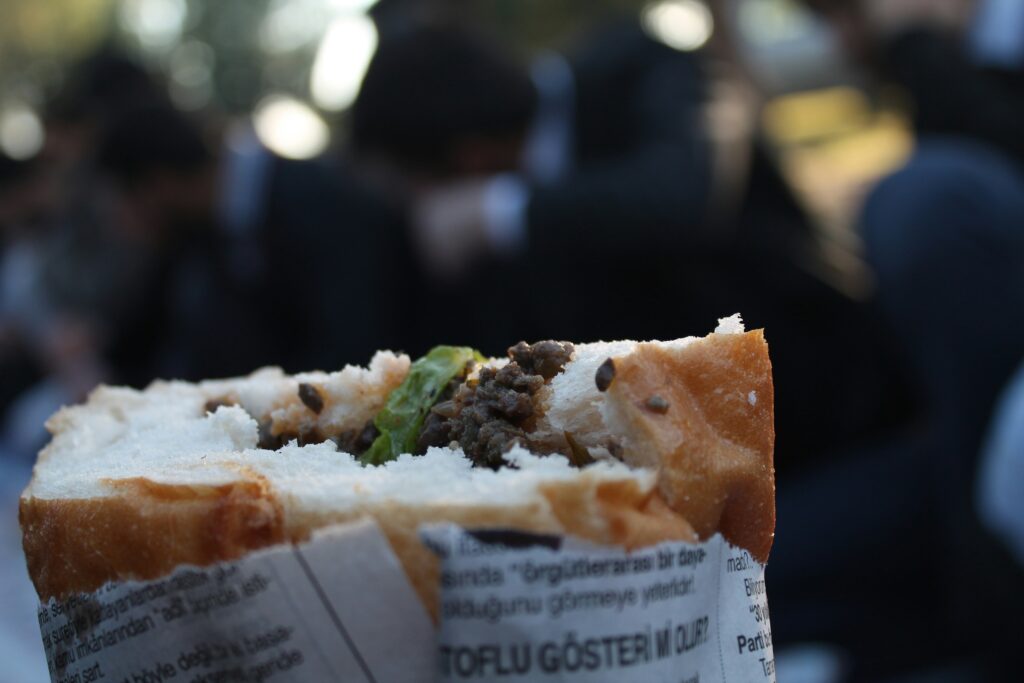
Breads and grains
Bread holds a special place in Turkish culture. From the everyday ekmek to the sesame-covered simit, bread is a daily companion at every meal. Rice and bulgur wheat are also essential, often served as pilaf flavoured with spices, nuts, and dried fruits.
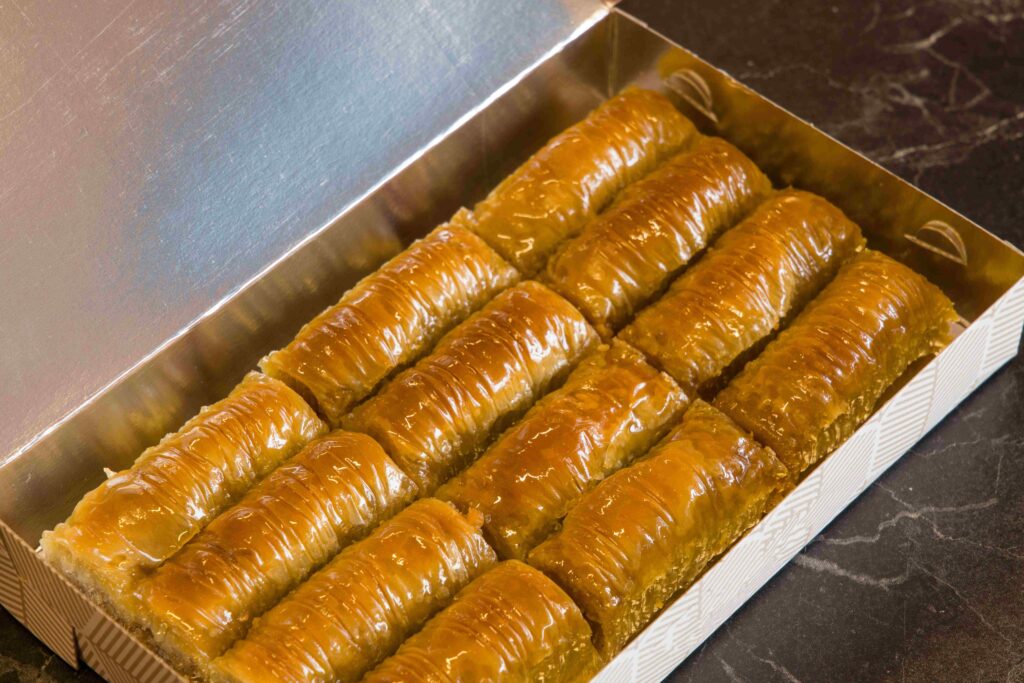
Sweets and desserts
Turkish sweets are renowned worldwide. Baklava, a layered pastry made with phyllo dough, nuts, honey or syrup, is a delightful treat. Another popular dessert is künefe, a sweet cheese pastry soaked in syrup and topped with pistachios. These desserts are testament to the intricate, delicate craftsmanship that goes into Turkish confectionery.

Beverages
No Turkish meal is complete without tea or coffee. Turkish tea, served in small tulip-shaped glasses, is a ubiquitous part of daily life, symbolizing hospitality and friendship. Turkish coffee, with its strong, rich flavour and traditional brewing method, is both a beverage and a cultural experience.


